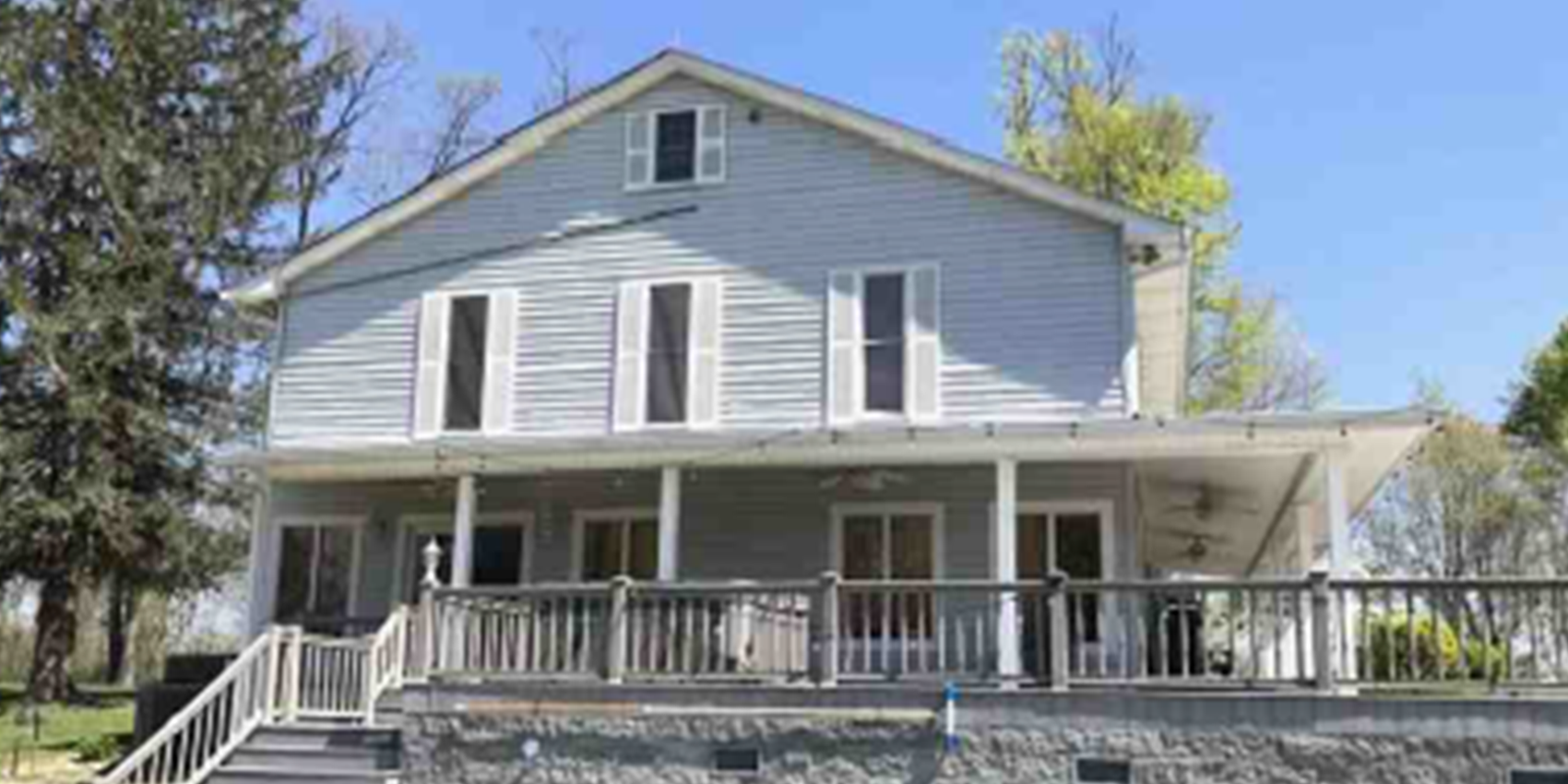Market analysis is a little bit like going on a trip. First of all, you figure out where you want to go, how you’re going to get there, if there will be side trips along the way, what you’ll do once you get there, and then, if you’ll do it again or try something else. Isn’t it true that, when taking a trip, you’re going to want to know as much as possible about the destination—and the journey—beforehand?
As we said in our last blog, the volatility of the stock market makes for a pretty bumpy ride. However, if you are not prepared for commercial real estate investing, there could be a few surprises along that route, too. That’s why we believe strongly in thorough market analysis—so that your “trip” is as pleasant as possible.

In reviewing a potential project, one of the first aspects we want is a complete understanding of the scope of the project: what kind of project is this? how big is the project (actual building size, but also depth of involvement)? what are the financial obligations for everyone involved? who will be responsible for what part? what is the intended outcome and/or, income? how long will my money be tied up in this project? Plus other questions depending on the structure of the deal.
Next, we take a look at where the project is located and the factors that will make it a good investment or not: what are the economic trends in the area? is the population increasing or decreasing? what are the demands for this type of real estate? are job opportunities increasing? what about education and income levels?
Answering these questions will help understand the viability of the proposed project and if there will be a job pool to choose from, for example, or if there is enough population or interest to sustain the project.

That’s just the beginning of understanding the market viability of the project. Next, you will need to thoroughly understand the building “friendliness” environment by asking questions such as: what other building is going on in the area? are there competitors looking into the same geographic locale? how easy is the city or county to work with? A good market analysis will consider these questions and ascertain zoning and developing requirements. The document should give you an overall understanding of the current and likely future conditions that will impact your investing decision. These details and demographics will round out the performa and help you understand where financial assumptions such as future rents have come from.
Depending on how savvy you are, or are not, in the area of CRE investing, you will likely feel a lot more comfortable if you have a seasoned professional guiding you on this adventure. This is where a joint venture is prudent.
A joint venture is usually when two (or more) entities pool resources and talents to make a project happen. It can be short term or long term, informal or formal, and typically creates a third entity that will be a Limited Liability Corporation, a S-corp, or partnership. Sometimes, it operates jointly but keeps the original entities separate. In any event, the owners contribute assets, have equity and agree on how the new entity will be managed. The partners could share in the management and will share in the profits and any losses.

The value of a joint venture is ultimately to combine expertise and resources so that a new or expanding project has the best chance of being far more successful than if one or another of the partners tried to do it alone. This is why, on every project, Paradyme joint ventures with the sponsor to ensure the project is successful. This is also one thing that sets Paradyme apart from other investment platforms.
Paradyme has the expertise to find projects, to conduct marketing analysis, to assimilate viable partners and, if you will, be the “tour guide” that will give you the best adventure ever. We can answer any questions you might have about a joint venture, marketing analysis, or investing in commercial real estate. Ready to go? Then, talk to us about your next adventure!







